Ditch the Drama: How to Turn Parent-Child Conflict into Growth Opportunities
Parent-child conflict is a natural part of raising children, especially during their early years. How many of us were raised with the idea that child behavior was a battle of wills? Every tantrum, every moment of resistance, every “No!” was often seen as an intentional challenge—a test of strength between the child and the parent. In these moments, the parent’s role was to assert authority, ensuring the child “learned their lesson” or conformed to expectations. But when we approach parent-child conflicts as battles of willpower, we set ourselves up for failure.
The truth is, viewing these situations as a power struggle does more harm than good. It fosters a combative atmosphere, pits the parent and child against each other, and most importantly, misses out on opportunities for understanding and growth. There’s a better way to approach these situations, one that nurtures your child’s development and strengthens the parent-child bond.
In this article, we’ll explore why framing conflict as a power struggle is counterproductive and how parents can adopt a more effective approach based on empathy, patience, and emotional intelligence. We’ll also provide practical tips to apply these strategies in daily life.
Understanding the Root of Conflict: It’s Not About Winning or Losing
Imagine a familiar scenario: a four-year-old boy named Sam insists on walking to the store with his mother, rather than riding in his stroller. The walk takes longer than expected, and on the way back, she suddenly stops, sits on a doorstep, and refuses to continue. The mother’s first instinct is frustration—she has things to do and needs to get home. Her mind races: “Why can’t he just keep going? We’re almost there!”
In these moments, it’s easy to see the child’s actions as a deliberate act of defiance, as if they are challenging the parent’s authority. Many parents have been conditioned to interpret such behavior this way, seeing it as a “battle” where the goal is to win the child’s compliance. But what if we took a step back and reframed the situation? What if, instead of viewing it as a battle of wills, we saw it as an opportunity to understand our child’s needs and perspective?
In the case of Sam, his mother took a breath and reconsidered the situation. Sam wasn’t being difficult on purpose—Sam was tired. He wasn’t used to walking long distances, and he needed a break. Additionally, he might have been overwhelmed by the busy street or curious about the ants and other little bugs crawling on the sidewalk. By reframing the situation from a power struggle to a moment of understanding, the mother was able to approach the problem with more patience and empathy.
This shift in mindset is crucial. When we stop seeing every conflict as a challenge to our authority, we can begin to recognize the underlying factors driving our children’s behavior. More often than not, children are acting out of their own needs and limitations, not out of a desire to oppose us. Recognizing this can help us respond in a more constructive way.
The Four Essential Skills for Parents: Modeling the Behavior You Want to See
As parents, we are our children’s most important role models. They learn how to navigate the world by watching us—how we handle frustration, how we adapt to changes, how we solve problems, and how we relate to others. To foster positive behaviors in our children, we must first cultivate these skills in ourselves. Let’s look at the four essential skills we need to model for our children.
1. Tolerating Frustration
The ability to tolerate frustration is vital for both parents and children. Children, especially toddlers, are still developing emotional regulation. Their emotional outbursts are not intentional attacks on their parents but rather signs that they are struggling with big feelings they cannot yet manage. When Sam sat down on that doorstep, his mother’s initial frustration was understandable, but she managed to keep it in check. By tolerating her frustration, she was able to assess the situation more calmly and avoid escalating the conflict.
Practical Tip: When you feel your frustration rising, take a moment to breathe deeply and remind yourself that your child is not acting out of malice but from their own limitations or needs. Practice mindfulness techniques, such as counting to ten or engaging in a quick mental check-in, to center yourself before responding.
2. Flexibility
Life with children is unpredictable. Plans change, emotions fluctuate, and challenges arise. Being flexible allows us to adapt to these changes without letting our own desires dictate how we respond to our children. In Sam’s case, his mother had a plan to get home quickly, but she recognized that Sam needed to rest. By being flexible and adjusting her expectations, she avoided turning a small issue into a larger battle.
Practical Tip: Embrace the unpredictability of parenting by building buffer time into your schedule, especially for activities that involve young children. Understand that sticking rigidly to plans may not always be the best course of action, and be open to adjusting your approach based on your child’s mood, energy, and needs.
3. Problem-Solving
Effective problem-solving involves thinking ahead and finding creative ways to manage potential conflicts before they escalate. In the case of Sam, his mother solved the problem by simply allowing him to rest. There was no need for a battle—just an acknowledgment of her child’s needs. Often, solving a problem can be as simple as not creating one in the first place.
Practical Tip: Anticipate situations that might lead to conflict and prepare for them. For example, if you know your child gets tired easily during long walks, bring a snack, allow for extra rest breaks, or bring along a stroller as a backup. Be proactive, not reactive, in your approach to potential conflicts.
4. Empathy
Empathy is the cornerstone of healthy social interactions and emotional intelligence. It’s the ability to see things from another person’s perspective and understand their feelings. In parenting, empathy allows us to connect with our children on a deeper level, helping us to see their behavior not as defiance but as communication. By empathizing with Sam, his mother was able to make a more informed and compassionate decision.
Practical Tip: Practice empathy by asking yourself what your child might be feeling in moments of conflict. For example, if your child is throwing a tantrum in the store, instead of immediately reprimanding them, consider what might be causing their distress. Are they tired, hungry, or overstimulated? Acknowledging their feelings can help you respond in a way that de-escalates the situation.
Shifting the Focus: From Control to Connection
As parents, it’s easy to fall into the trap of thinking that we must control every aspect of our child’s behavior. However, focusing on control can create an adversarial relationship, where the child feels the need to push back against perceived authority. Instead of focusing on control, it’s far more effective to focus on connection.
When we connect with our children—when we listen to them, empathize with them, and meet their needs in a compassionate way—we build a strong foundation of trust and mutual respect. This doesn’t mean letting go of boundaries or rules; rather, it means enforcing them in a way that respects the child’s perspective.
Practical Tip: Instead of reacting to misbehavior with immediate consequences, take a moment to connect with your child. Get down to their eye level, speak in a calm tone, and acknowledge their feelings. This not only helps to de-escalate the situation but also teaches your child that you value their emotions and are there to support them.
Encouraging Social Skills and Good Behavior Through Role Modeling
Parents often worry about how to instill good behavior and social skills in their children. The good news is that children are natural imitators—they watch our every move and often mirror our behavior. If we want our children to be patient, kind, and flexible, we must embody these traits ourselves. When children see their parents handling frustration calmly, adapting to unexpected changes with grace, solving problems creatively, and showing empathy toward others, they are far more likely to adopt these behaviors themselves.
Practical Tip: Make a conscious effort to model the behaviors you want to see in your child. For example, if you want them to be patient, show patience in your interactions with them. If you want them to be flexible, demonstrate flexibility in your daily routines. And if you want them to be empathetic, take time to show empathy not only to them but also to others in your life.
Summary: A New Perspective on Parent-Child Conflict
Framing parent-child conflict as a battle of willpower is a losing battle. Instead of seeing every conflict as a challenge to your authority, reframe it as an opportunity to connect with your child, understand their needs, and model the behaviors you want to see.
By developing the skills of tolerating frustration, flexibility, problem-solving, and empathy in ourselves, we can guide our children toward becoming emotionally intelligent, well-adjusted adults. And in the process, we’ll strengthen the bond we share with them—one built on trust, respect, and mutual understanding.

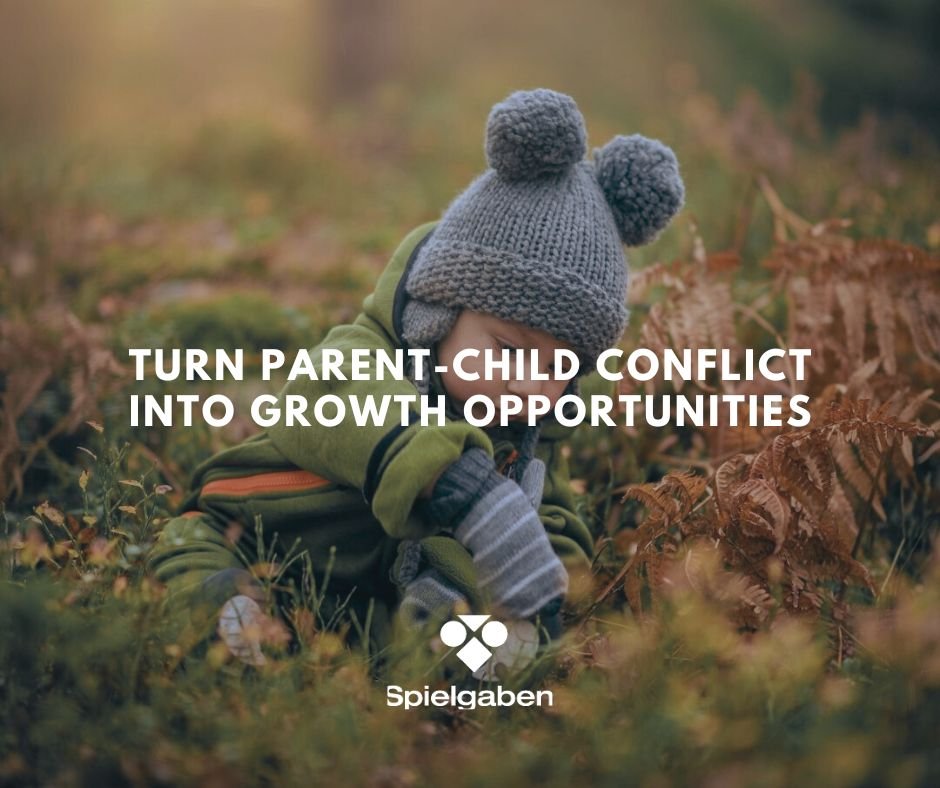
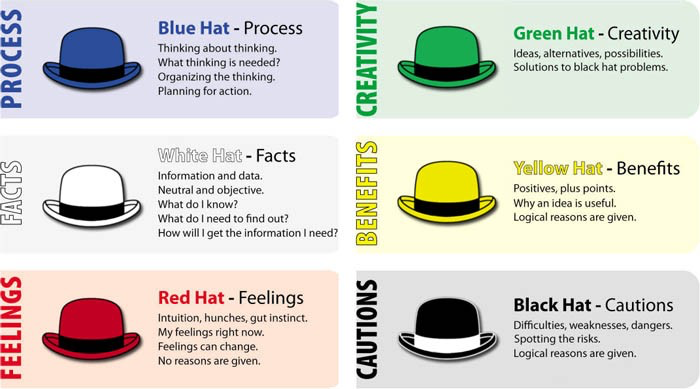

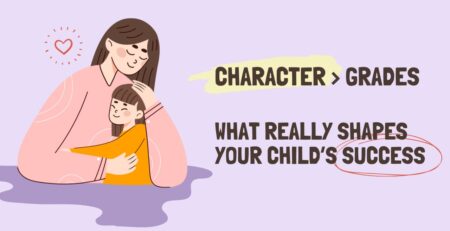
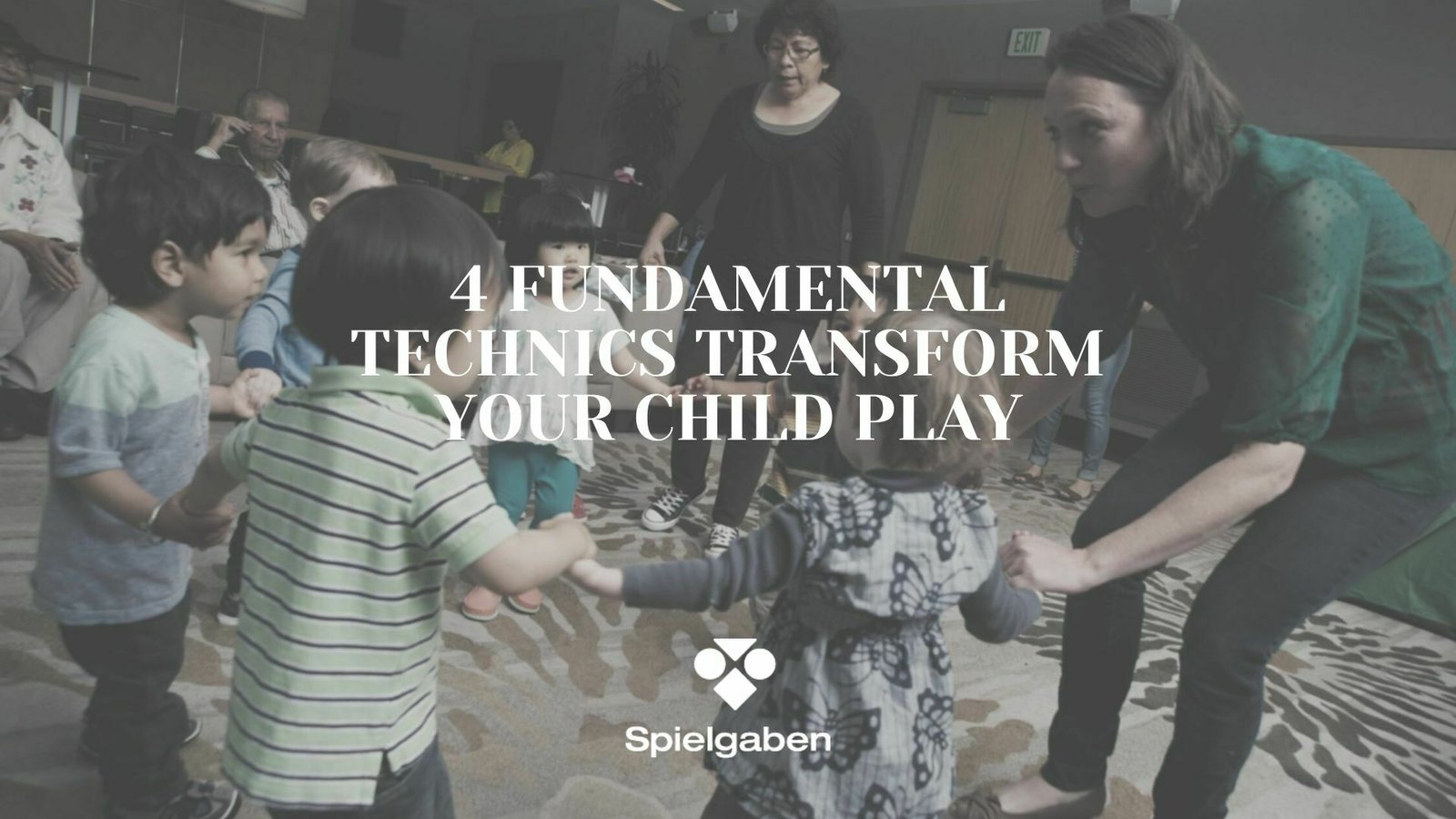


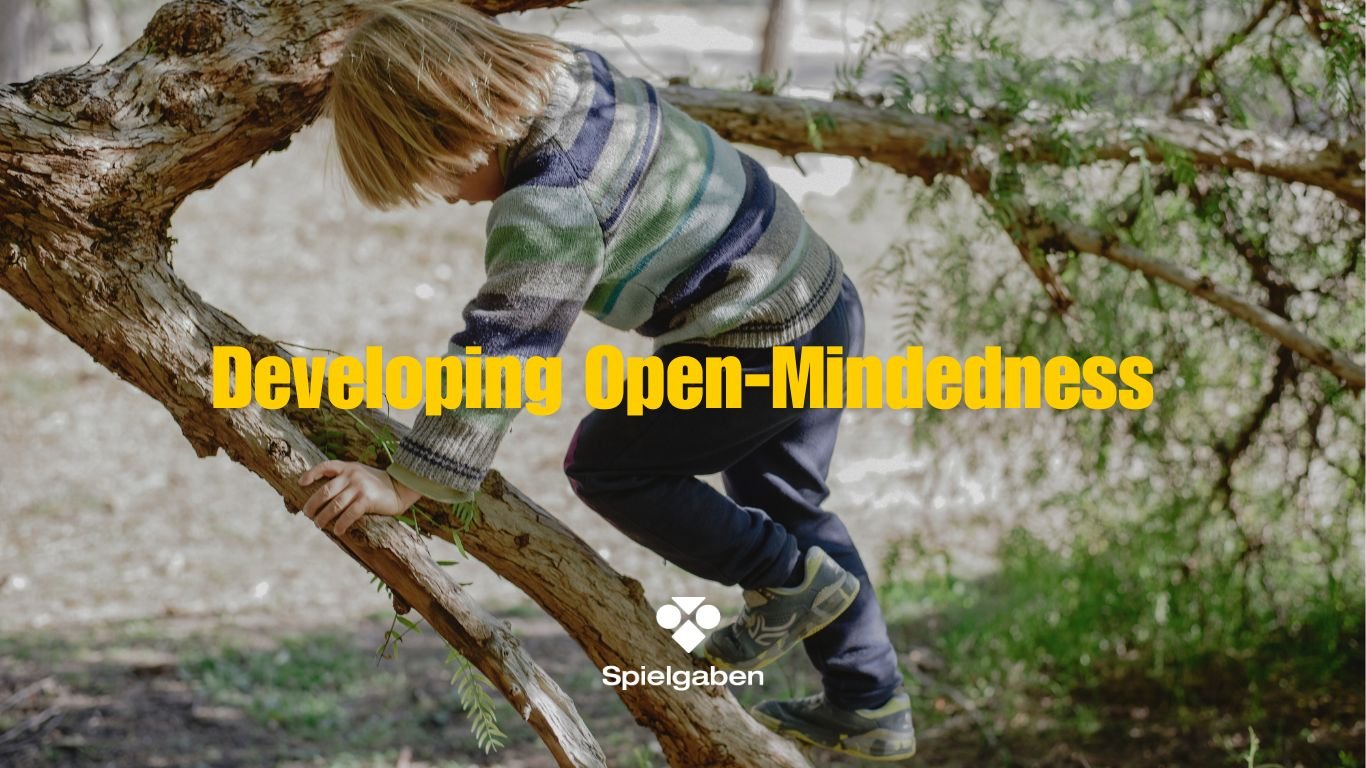

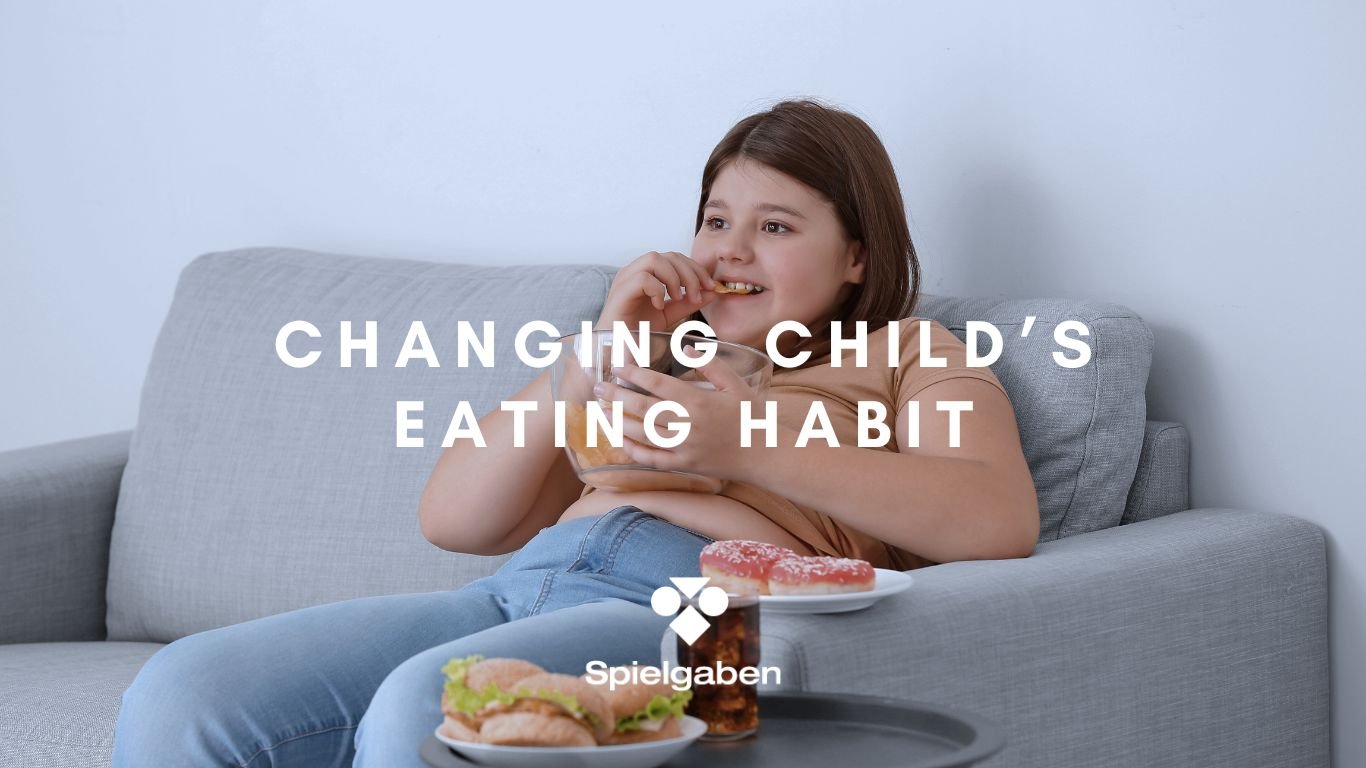


LEAVE A COMMENT